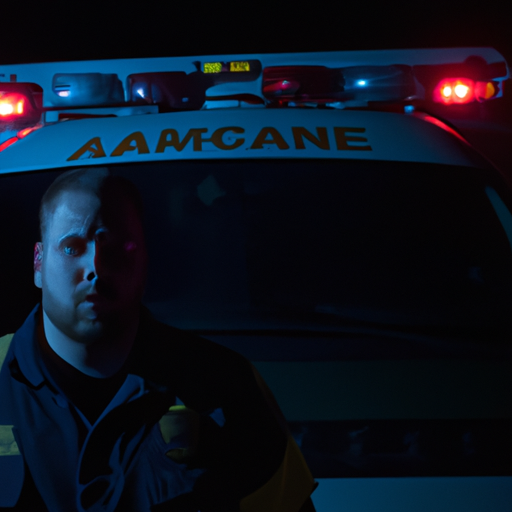Paramedics: The Unsung Heroes on the Front line of the Canadian Opioid Crisis
Canada has been struggling with a rise in opioid-related issues for quite some time now. A recent news feature from Northern Ontario casts a spotlight on the role paramedics play in navigating the opioid crisis. This post dives deeper into the report’s findings and reflects on the ongoing national narrative around the opioid crisis.
The Opioid Crisis in Canada: A Brief Overview
The opioid crisis has become a public health emergency in Canada, resulting in over 15,000 deaths since 2016. The crisis has created fear and uncertainty, driving increases in crime rates, homelessness, and the number of emergency calls related to opioids. Paramedics, the often under-recognized frontline workers of the healthcare system, have become our society’s first responders to this crisis.
The Front Line: Paramedics and Opioids
Working in emergency medical services, paramedics frequently report to scenes where opioids are involved. According to the linked news story, paramedics in Northern Ontario respond to an average of five to seven opioid-related calls a day. In such situations, they find themselves administering naloxone, a life-saving antidote that reverses the effects of opioid drugs, often to the same individuals multiple times in a week.
Despite their significant role, paramedics are often overlooked in discussions about the opioid crisis. The Toronto Paramedic Services reportedly responded to over 3000 opioid-related calls in 2020 alone. These figures are a stark reminder that while we debate policy and litigation – such as the national opioid class action – paramedics are out tackling the crisis head-on.
Effects of The Opioid Crisis
The linked feature notes several direct and indirect effects of the opioid crisis. Key among these:
- Increased Workload for Paramedics: The rise of the opioid crisis has significantly increased the workload on paramedics, who work tirelessly to respond to opioid-related emergency calls.
- Heightened Fear among Citizens: A major consequence of the opioid crisis has been the sense of uncertainty and fear it creates in the community. This fear is not unjustified as opioid-related incidents can occur anywhere and anytime, affecting everyone from the homeless to the affluent.
- Impact on Public Health: The crisis has drawn resources away from other public health issues. As paramedics continue to respond to opioid emergencies, less attention can be given to other urgent health matters.
Efforts to Combat the Opioid Crisis
In the face of the crisis, it’s worth highlighting efforts to combat it. For instance, the Government of Canada launched an opioid class action lawsuit against pharmaceutical companies for their role in promoting opioids to physicians and patients. Paramedics across Canada have also been supplied with naloxone, providing them a powerful tool to combat opioid overdoses on the frontline.
Other efforts include safe injection sites, comprehensive drug education programs and increasing access to addiction treatment and support services. All these interventions are essential components of the broader strategy to address and potentially resolve the opioid crisis.
Conclusion
In conclusion, the recent news feature on paramedics’ role in the opioid crisis underlines the severity of the situation and the complexities of addressing it. It also underscores the importance of appreciating our frontline healthcare professionals for their relentless efforts in tackling the opioid crisis each day.
Whether it’s suing pharmaceutical companies through a national opioid class action, equipping paramedics with naloxone or providing supports to the homeless population, the multi-layered approach to combating the opioid crisis is indeed requisite. Going forward, it is crucial to continue these collective efforts and enhance them where possible. The goal is to curtail the opioid crisis and ensure a safer, healthier future for all Canadians.
